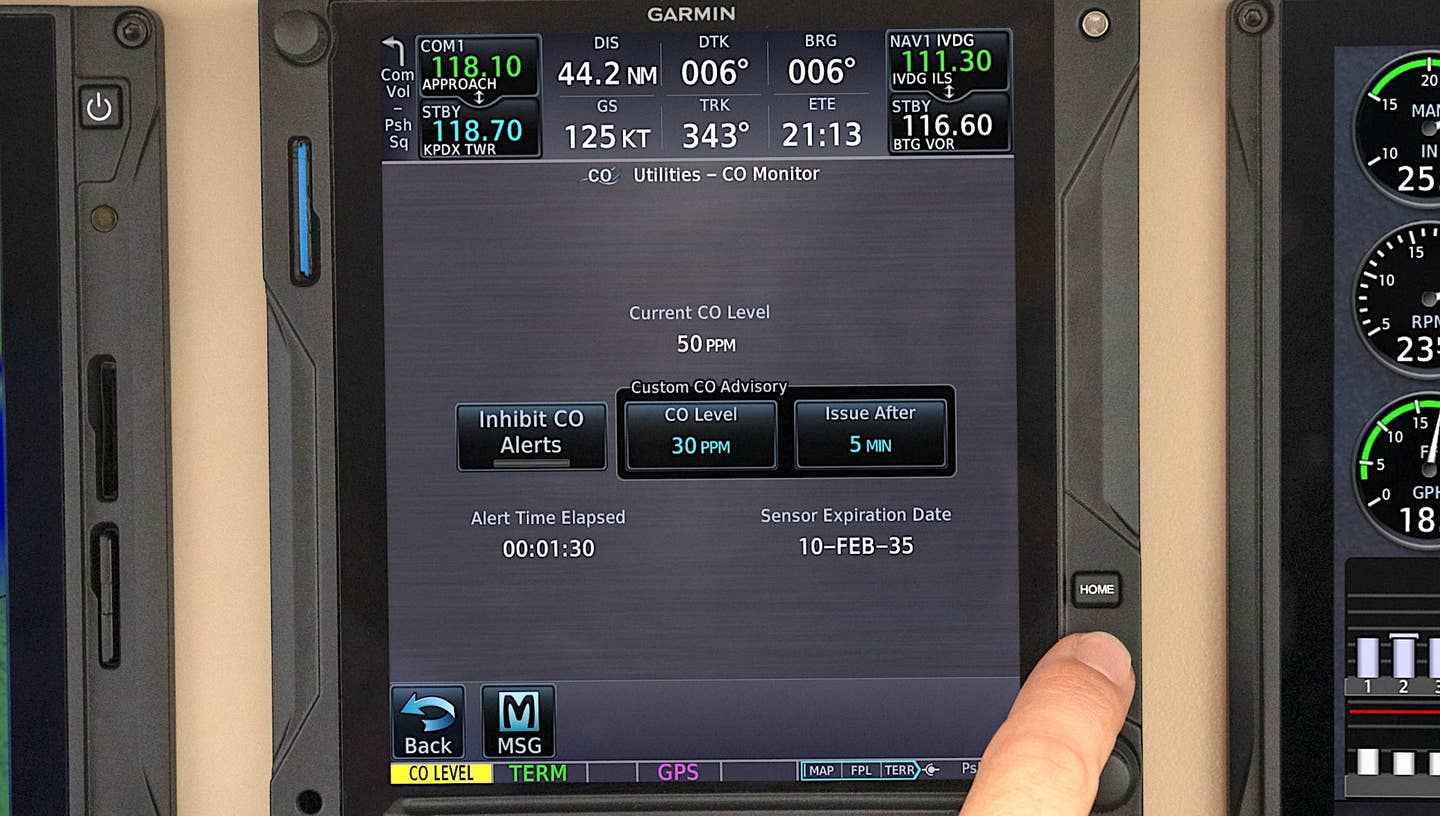Whats Indispensable Aviation Technology?
Other than the airplane itself, it may be something you absolutely take for granted.
With the Model T and the assembly line that produced it, Henry Ford taught the world a seminal lesson in mass production and economics. Some two decades later, he got schooled himself when General Motors caught up and demonstrated a fundamental truth about selling stuff in a consumer economy: Markets stagnate and so do sales unless the products are constantly refreshed and improved. Improbably, the Model T survived for 18 years before the Model A displaced it, driven by intense competition from GM.
This renew-or-die Darwinism is a constant in every industry, including aviation. While the changes in new models often amount to little more than incremental nudges, the new models that do appear—I'm thinking of Diamond's DA62 and maybe Icon's A5—do represent enough change to stimulate sales, even if they aren't market disrupters. If you plot the aircraft units-sold curve against model—and avionics—introductions, the line has just enough spikes to see an effect here and there.
But game changers? Not really, despite the marketing department's inseparable love for that phrase. Engines haven't changed fundamentally in 40 years; at the upper end, airframes are incrementally faster, but perhaps not more structurally efficient than the best the 1970s produced. They're safer by dint of better seatbelts and seats, airframe parachutes and more reliable instruments that, increasingly, intervene to keep the pilot from losing control or improve situational awareness to keep him or her from running into something. It's arguable if, taken together, these improvements are more sustainers than expanders.
I was ruminating on this the other day when flipping through the Bluebook looking for some engine specs. Across the four decades I've been flying little airplanes, I asked myself what product or technology I absolutely would not fly without. Couldn't think of anything to do with engines or airframes. Glass panels? I like them just fine, but I'm agnostic. Glass or steam; whatever. GPS? Nice, but I can still use VORs and those map reading skills I learned so long ago haven't atrophied. I feel about airframe parachute systems as I do about glass. I like and believe in them, but I'm not a fundamentalist about it.
That left only a single technology I wouldn't fly without: the lowly aviation headset, with noise cancelling please. But really, just anynoise attenuating headset. If you learned to fly, say, from the early 1980s forward, you probably can't imagine not using a headset and probably with an intercom, too. But much before that, even though aviation headsets were available, they were far from common. When I started lessons in a Cessna 152, we cranked the speaker volume up to max, had trouble hearing all ATC transmissions and screamed at each other to be heard over the cockpit din.
When I started in Cubs a couple of years later, it was worse. Rag wings attenuate zero engine, prop and slipstream noise and if you don't believe that, peel off your headset in one and soak in the clatter for a minute. Now multiply that times 60 for the typical lesson. Having headsets radically improves in-cockpit and ATC communication and massively reduces the stress of not being able to hear. I've been doing a lot of body flying in a vertical wind tunnel lately and even with good, custom-molded earplugs, it's loud and communication by eye contact and hand signal is barely adequate. It reminds me of the days of being whapped with a rolled up sectional in a Cub. (There are Bluetooth helmet communicators, but I don't know if they've been tried in the tunnel.)
Headsets, or at least my use of them, arrived a little too late to do me all the good they might have. All that exposure to threshold-level noise has taken a toll on my hearing that it would not have if I'd used headsets from day one, as students today are lucky to do. So what's the bigger game changer, having a glitzy glass panel that shows me real-time winds aloft or having the same hearing acuity I had when I was 30? The answer should be obvious.






